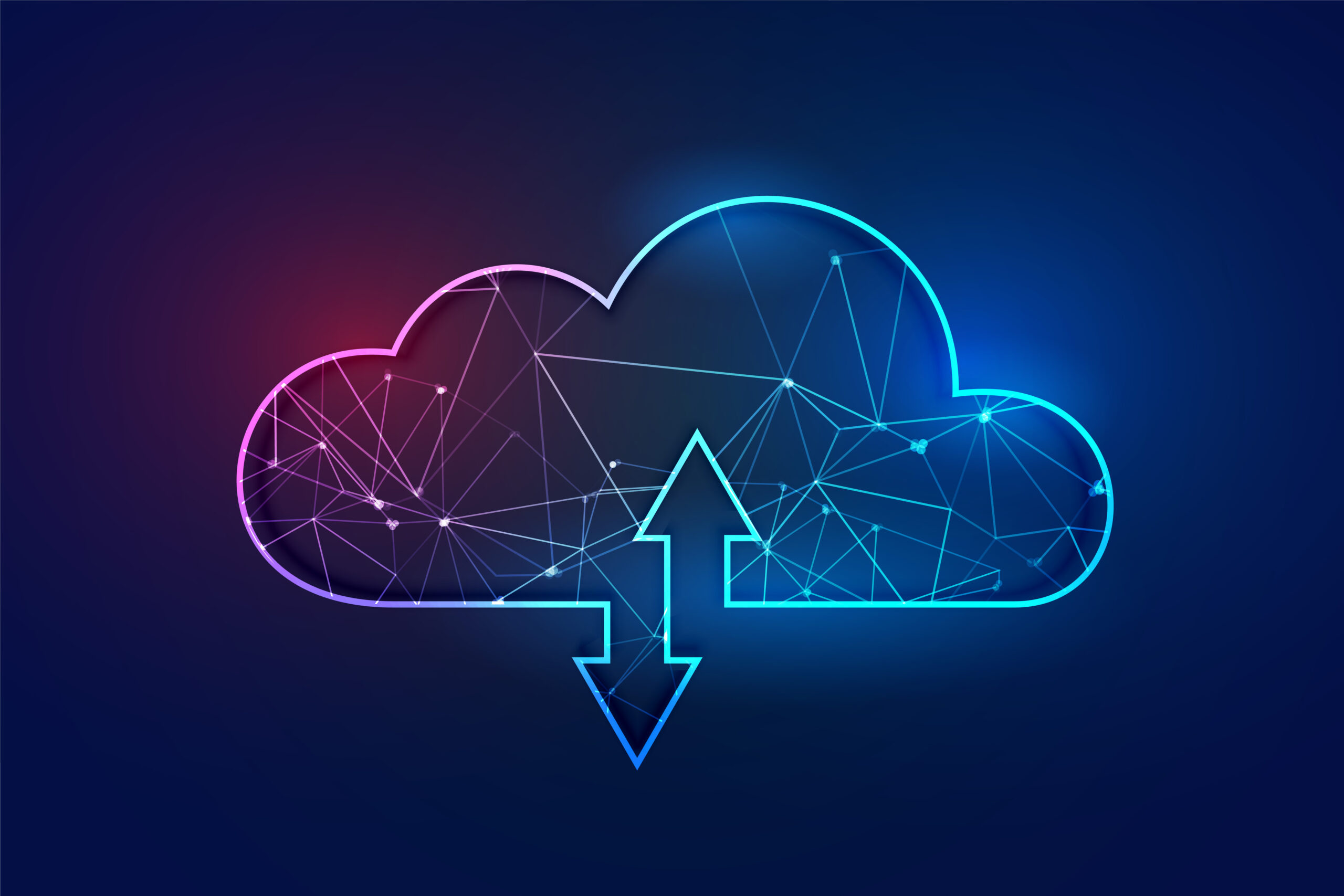The Evolution of Software Development: From Waterfall to Agile

Software development has undergone a significant transformation over the past few decades. From the rigid, sequential Waterfall model to the flexible and iterative Agile methodology, the way software is designed, developed, and deployed has evolved to meet the growing demands of businesses and users. This blog explores the history, advantages, and real-world impact of these methodologies, highlighting how modern software development practices continue to shape the future of technology.
1. The Origins of Software Development
Before modern software development methodologies emerged, early programming efforts were largely ad hoc, focusing on individual projects without standardized processes. As computing needs grew, structured approaches became necessary to improve efficiency and minimize errors.
The Early Days of Software Engineering
- In the 1950s-1960s, software development was primarily a linear process with minimal formal methodologies.
- Early computer programs were manually coded and maintained, often leading to inefficiencies and errors.
- The need for structured development models arose as software systems became more complex.
2. The Waterfall Model: A Structured Approach
The Waterfall model, introduced in the 1970s, was one of the first formalized software development methodologies.
Key Features of the Waterfall Model
- Sequential Phases – Development progresses through distinct stages: Requirements, Design, Implementation, Testing, Deployment, and Maintenance.
- Fixed Requirements – All project requirements are defined before development begins.
- Minimal Flexibility – Changes in later stages are costly and time-consuming.
- Documentation-Driven – Extensive documentation is maintained at every phase.
Advantages of the Waterfall Model
✔ Clear structure and well-defined processes. ✔ Easy to manage for projects with stable requirements. ✔ Works well for large-scale, enterprise-level applications.
Challenges of the Waterfall Model
❌ Limited adaptability to changing requirements. ❌ Testing occurs late in the development cycle, leading to delayed issue detection. ❌ Inefficient for projects requiring frequent updates and iterations.
3. The Shift to Agile: A New Era in Software Development
By the 1990s, software development faced increasing complexity, faster market demands, and a need for greater flexibility. In response, Agile methodologies emerged, fundamentally changing how software is built.
What is Agile Development?
Agile is an iterative, customer-focused approach that emphasizes collaboration, flexibility, and continuous improvement. The Agile Manifesto (2001) outlined four key principles:
- Individuals and interactions over processes and tools.
- Working software over comprehensive documentation.
- Customer collaboration over contract negotiation.
- Responding to change over following a plan.
Key Features of Agile Development
- Iterative Development – Software is developed in short cycles called “sprints” (typically 1-4 weeks).
- Continuous Feedback – Regular customer input helps refine requirements and improve the product.
- Cross-Functional Teams – Developers, designers, and testers collaborate closely.
- Emphasis on Working Software – Frequent releases ensure continuous improvement.
4. Agile Frameworks and Their Impact
Agile development incorporates various frameworks, each suited for different project needs. The most popular ones include:
a) Scrum
Scrum is a widely used Agile framework that organizes work into time-boxed iterations (sprints).
- Roles: Product Owner, Scrum Master, and Development Team.
- Ceremonies: Daily Stand-ups, Sprint Planning, Sprint Review, and Retrospectives.
- Focus on Deliverables: A potentially shippable product increment is delivered at the end of each sprint.
b) Kanban
Kanban focuses on visualizing workflows and optimizing task completion.
- Key Elements: Kanban boards, WIP (Work In Progress) limits, and continuous delivery.
- Best for: Teams with ongoing projects requiring flexibility (e.g., IT support, DevOps).
c) Lean Development
Derived from lean manufacturing principles, Lean focuses on minimizing waste and maximizing customer value.
- Emphasizes: Eliminating inefficiencies, continuous learning, and fast feedback loops.
d) DevOps
DevOps integrates Agile development with IT operations to streamline software deployment and improve reliability.
- Key Practices: Continuous Integration (CI) and Continuous Deployment (CD).
- Automation: Infrastructure as Code (IaC) and monitoring tools enhance efficiency.
5. Comparing Waterfall vs. Agile
| Feature | Waterfall | Agile |
|---|---|---|
| Approach | Sequential & Rigid | Iterative & Flexible |
| Requirements | Fixed at the start | Evolving through iterations |
| Testing | Performed at the end | Continuous throughout development |
| Customer Involvement | Minimal | High (Frequent feedback) |
| Documentation | Extensive | Minimal, focuses on working software |
| Best for | Large, well-defined projects | Fast-paced, dynamic projects |
6. The Future of Software Development
The software development landscape continues to evolve, with trends such as:
- AI & Machine Learning in Development – Automating code generation, bug detection, and optimization.
- Low-Code & No-Code Platforms – Enabling non-programmers to build applications.
- Agile Scaling Frameworks – SAFe (Scaled Agile Framework) for large enterprises.
- Blockchain & Decentralized Apps (DApps) – Enhancing security and transparency.
Conclusion
The transition from Waterfall to Agile represents a paradigm shift in software development, emphasizing flexibility, collaboration, and continuous improvement. While Waterfall remains relevant for certain projects, Agile methodologies dominate modern development due to their adaptability to change and customer-centric approach.
As technology advances, Agile practices will continue to evolve, integrating AI, DevOps, and automation to further enhance software development efficiency. Whether you’re a developer, project manager, or business leader, understanding these methodologies is crucial for navigating the future of software engineering.
What are your thoughts on Agile vs. Waterfall? Let us know in the comments below!



